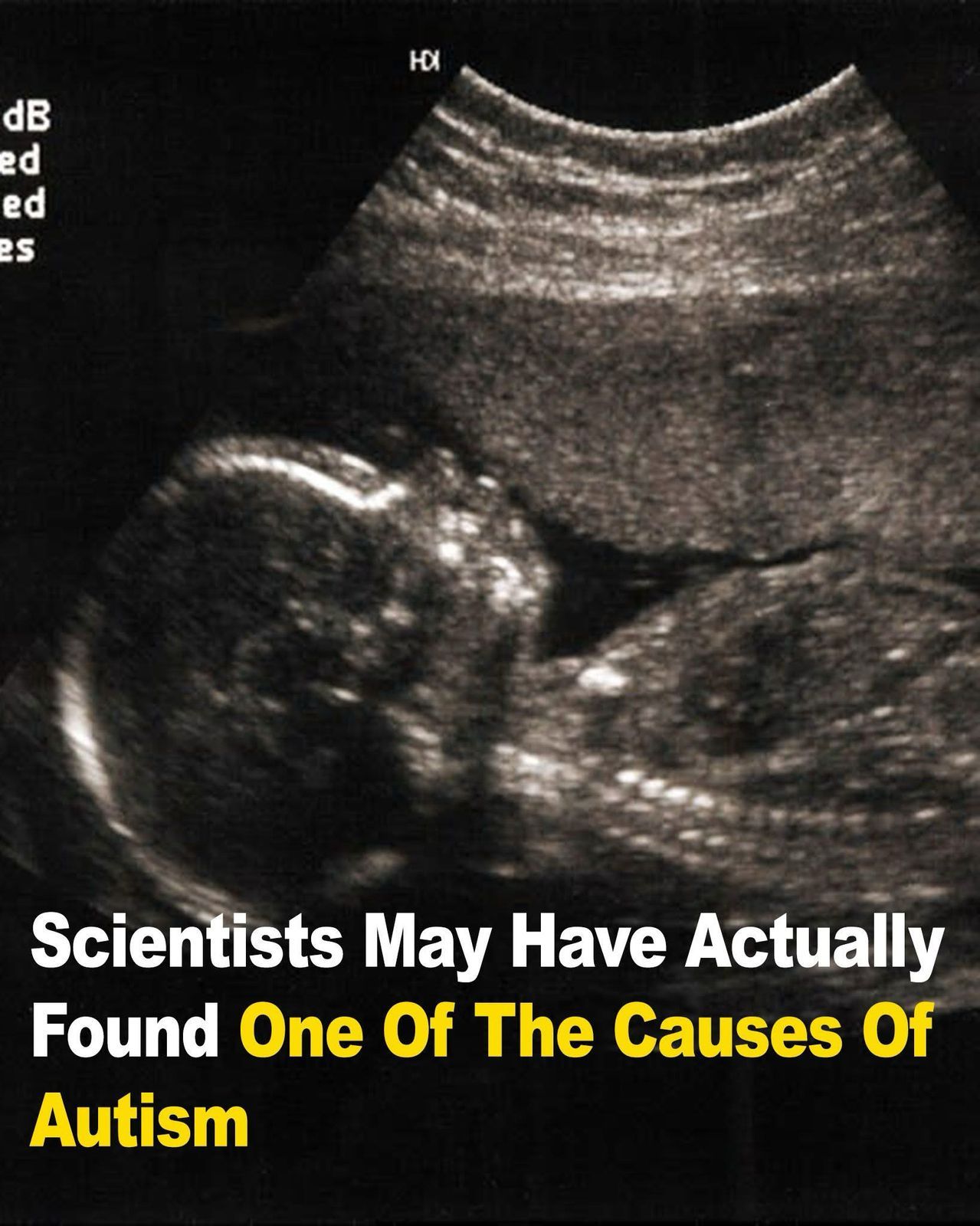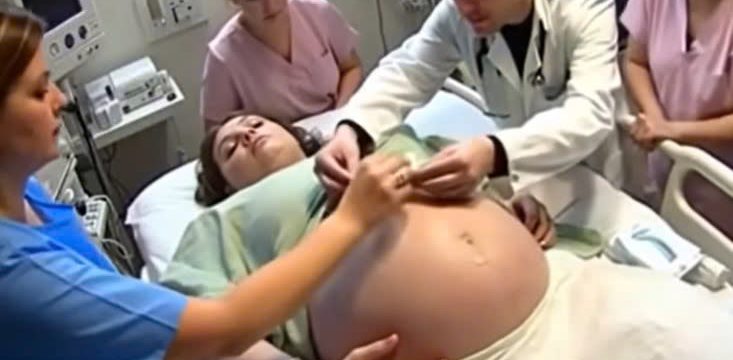In recent years, scientific research has increasingly shown how essential the gut microbiome is to our overall health. This complex system of microorganisms in our digestive tract influences everything from how we respond to fear and stress to our weight, mental well-being, and even whether we develop autoimmune conditions such as lupus and type 1 diabetes.

Now, a groundbreaking study published in The Journal of Immunology suggests a possible connection between the maternal gut microbiome and the development of autism. Surprisingly, according to the researchers, it’s not the individual’s microbiome that may influence the likelihood of developing autism, but rather the mother’s microbiome during pregnancy. Lead researcher John Lukens, a Ph.D. scientist at the University of Virginia School of Medicine, explained that the microbiome plays a critical role in shaping how the offspring’s brain develops, particularly in calibrating how the immune system will respond to injury, infection, or stress later in life.
The researchers propose that a specific immune molecule called interleukin-17a, or IL-17a, might be a key factor in this link. IL-17a is produced by the immune system and is known to play a role in several autoimmune diseases like rheumatoid arthritis, multiple sclerosis, and psoriasis. It also helps the body fight fungal infections and, as it turns out, may influence brain development while the fetus is still in the womb. To test this theory, researchers designed a series of animal studies involving lab mice. They divided female mice into two groups based on the makeup of their gut microflora. The first group had bacteria that made them more prone to an IL-17a-induced inflammatory response, while the second group (the control group) did not.
In one experiment, the team blocked IL-17a to prevent any immune-triggered inflammation. When this was done, the pups from both groups were born with typical, healthy neurological behaviors. However, when no such intervention was made, and the immune molecule was allowed to function normally, the offspring from the first group developed behaviors similar to those observed in autism spectrum disorder. These behaviors included challenges with social interaction and repetitive actions. To confirm that the unique microbiome of the mothers in the first group was the key factor, the team took a more direct approach. They performed a fecal transplant by transferring gut bacteria from the first group into mice from the second group.
After this change in gut flora, the second group began producing offspring that also showed autism-like behaviors, indicating that the maternal gut microbiome, when paired with immune activation through IL-17a, might contribute to neurodevelopmental changes associated with autism. While these findings are limited to animal models and may not fully apply to humans, they open up a promising new direction in autism research. The results suggest that the health and makeup of a mother’s microbiome during pregnancy could influence the neurological development of her child. This doesn’t imply that maternal gut health is the sole cause of autism, but it does indicate that it might be one of several contributing factors. According to Lukens, the next step is to look for similar patterns in human subjects. Scientists hope to identify specific bacterial species or microbial imbalances in the maternal microbiome that correlate with autism development in children. There are also likely additional molecules beyond IL-17a involved in this process, and future research will aim to uncover those as well. Lukens stressed that this immune molecule is probably just one part of a much larger and more complex biological puzzle. Overall, the study highlights the importance of maternal health, particularly gut health, during pregnancy. As our understanding of the microbiome grows, so too does the potential for early interventions or preventive measures that could reduce the risk of certain neurodevelopmental conditions. While there’s still a long way to go, this research offers new hope and insight into one of the most complex and widely studied conditions in child development.





